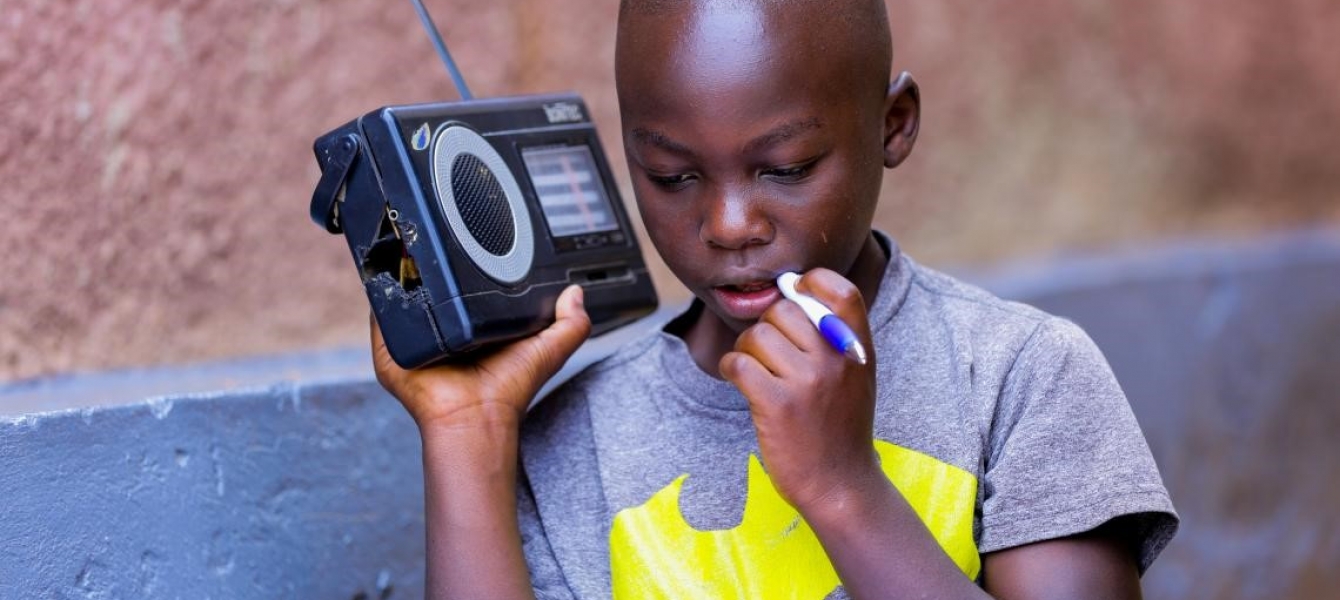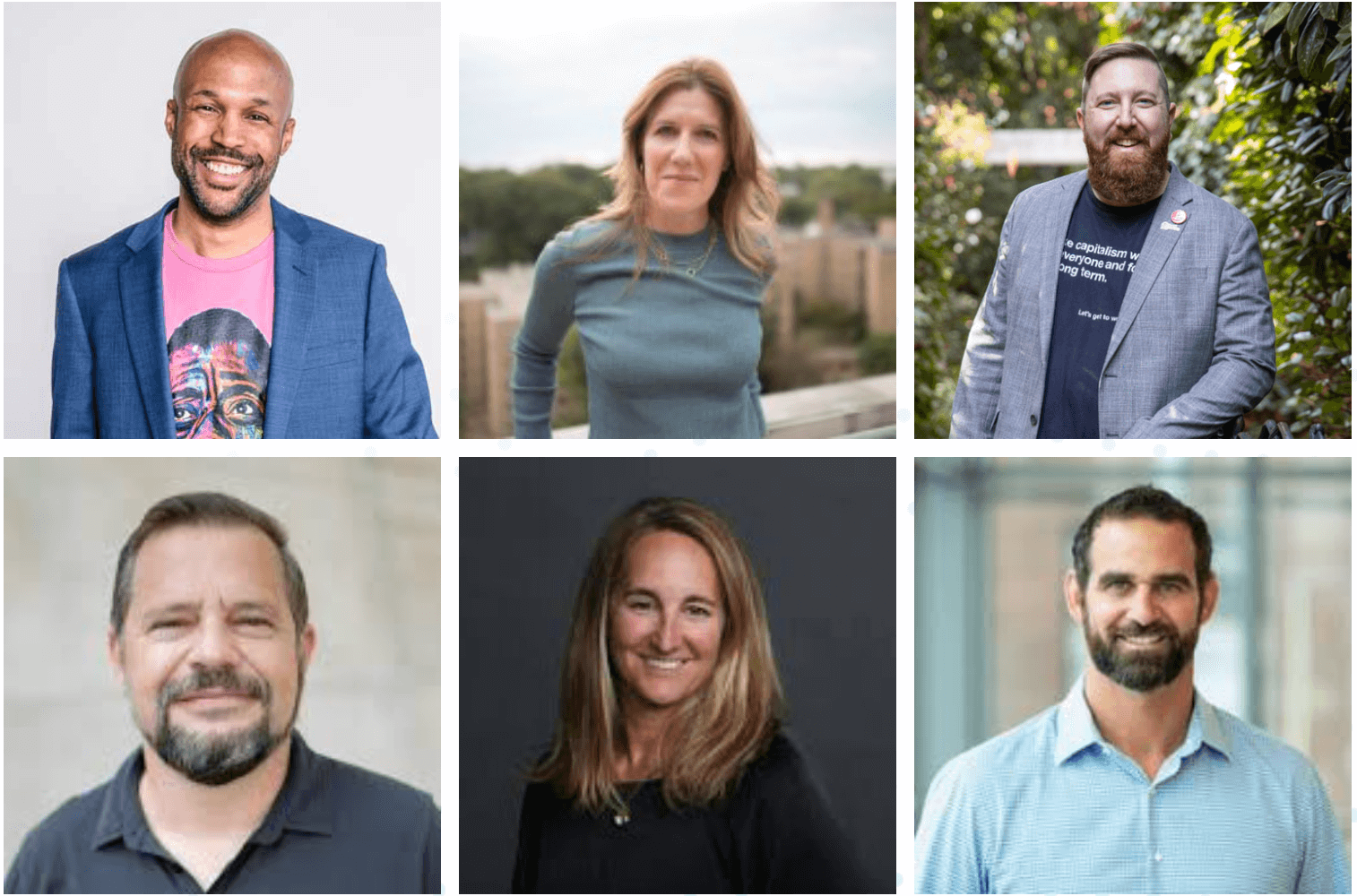ImpactAlpha, Sept. 8 – The upending of this school year has made almost every student, parent and teacher, willingly or not, participants in the radical transformation of education.
Some of the most far-reaching proposals for reinventing elementary, middle and high schools run into a well-founded objection: while all that might be fine for relatively affluent, largely white families, what about lower-income students of color for whom an already gaping educational achievement gap has only been exacerbated by the COVID disruption?
Imaginable Futures, the $200 million education portfolio spun out of Omidyar Network earlier this year, took up the challenge with the help of the design firm IDEO. Their ‘design thinking,’ captured in Learning Reimagined: Radical Thinking for Equitable Futures, could help parents as well as educators think through, “What if, at this moment of disruption, our systems of learning could be redesigned to eliminate the inequities that are embedded in our schools and our communities?”
The report doesn’t sugarcoat the challenges. More than 1.3 billion children worldwide are out of school because of COVID closures. Half of them, and 89% in sub-Saharan Africa, don’t have computers at home. Nearly 370 million children in 143 countries who counted on school for daily meals must now scramble for alternatives.
“I do not fantasize that remote learning will ever be as good as being in school,” Imaginable Futures’ Amy Klement told ImpactAlpha. “But I’m hopeful that we can do things in new and different ways such that when we come back to school, school can be even better.”
Investments in edtech platforms are powering online learning in the age of COVID
The fundamental insight is that technology cuts the cost of educational innovation, making it possible to reimagine education in ways that have largely been limited to private schools. For example, a teacher in Pakistan who is teaching two classes of 50 girls each over WhatsApp reported that she’s never seen this level of parent engagement, and that she can give students more individualized feedback as well.
“We’re really hopeful that this enables a whole new world of literacies, competencies and mindsets, where teachers are teaching students and not teaching just content,” said Erin Simmons, who led the project.
What if…
The scenarios include, “What if schools truly became whole child centers?” With continued insecurity around food and employment, schools become hubs of social services, including health services, business training and adaptation support groups. “As the role of schools expands, so does the expansion of who educates,” to include parents, neighbors, local leaders and friends.
What if student agency became the most important measure of learning? “Fed up with practicing for life, kids build real solutions, merging ideas, perspectives and contributions to tackle global problems as the world drifts toward climate disaster,” the authors posit. “As personalized project-based learning and real-world experiences become the norm, learning becomes blended, flexible and personal.”
On the other hand, “What if learning becomes anti-relational?” Edtech focused on content and not relationships could make learning an act of individuality rather than a social collaboration. Learned struggle with crowded home environments and increased anxiety. “Isolation grows and peer motivation slows. Complex problem solving, compassion and emotional intelligence decline,” the authors warn. “Identity development fundamentally shifts as our young people are deprived of social, peer-to-peer connection for months on end.”
In April, Imaginable Futures and the Lemann Foundation committed $1 million for an emergency fund to help public schools in Brazil keep remote learners engaged and on track. “There’s just immense energy in this system across a host of really wide and diverse initiatives,” Simmons said, including an edtech platform created from scratch and a film festival for students and communities.
In Africa, Bridge International Academies partnered with government agencies to create lessons broadcast over radio and WhatsApp channels for quizzes and practice, and is working to get lessons out to kids without radio access, via MP3 files and even printed copies.
“They’re reaching all kids in government schools, so equity and access must be the critical design component,” Klement said. “They’re building all of these services that I think long after kids go back to school will continue to be around and will be leveraged by these governments.”
Accessible and affordable
Vedantu, the online tutoring platform in India, is making the qualified tutors available, and affordable, even in India’s smaller cities. Vedantu raised $100 million in July, only three months after an earlier $79 million round of financing.
“They built this one-to-many platform with live tutoring and kids can ask live questions and it’s absolutely incredible and they have gone gangbusters during this time because it’s incredibly affordable,” Klement said.
Vedantu closes $100 million in India’s red hot edtech market
The nonprofit Khan Academy, perhaps the most well-known edtech pioneer, has seen skyrocketing demand since schools closed in the spring and has responded with resources for teachers, districts and parents, as well as kids.
“Kids are learning through, frankly, way more interesting videos that are more entertaining than a teacher standing at the front of the classroom,” Klement said. “When they’re together, they can capitalize on the relationships they have, peer-to-peer learning, project-based learning, critical thinking and questioning.”
Klement and Simmons are concerned that Innovation fueled by pure necessity and small amounts of funding have not yet developed sustainable business models. The most hopeful scenario is that the edtech solutions that advance educational equity gets absorbed, and financed, by public school systems.
“I am convinced that this innovation isn’t going anywhere when our schools reopen,” Klement said, “and that this is a good thing for students everywhere going forward.”











